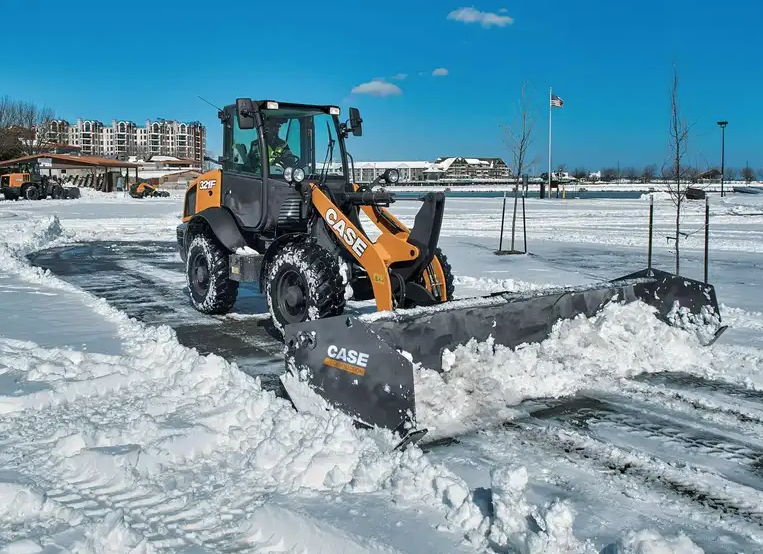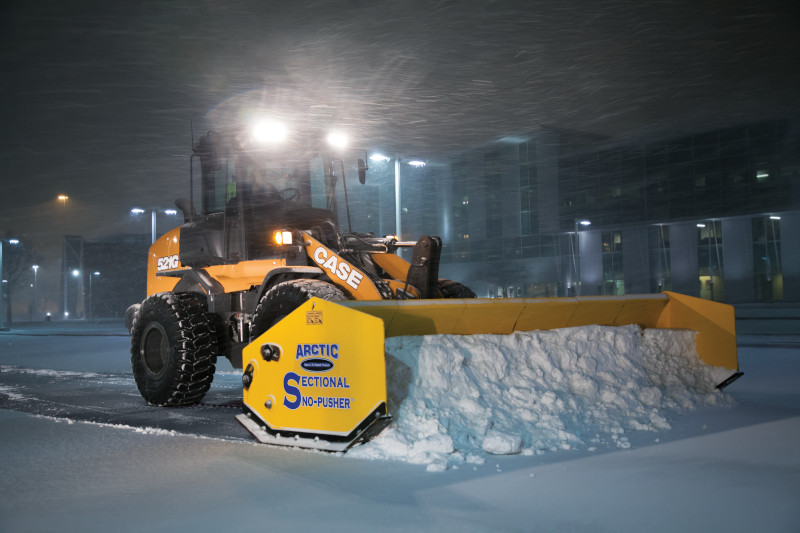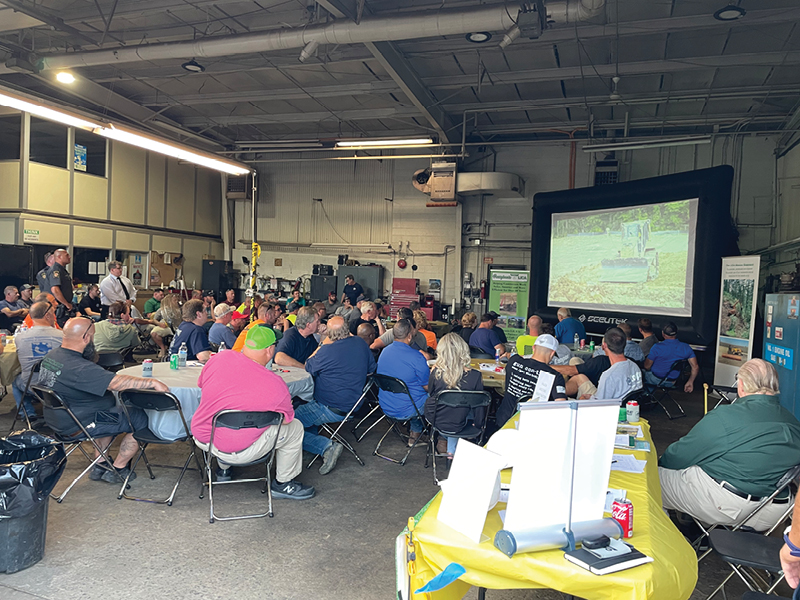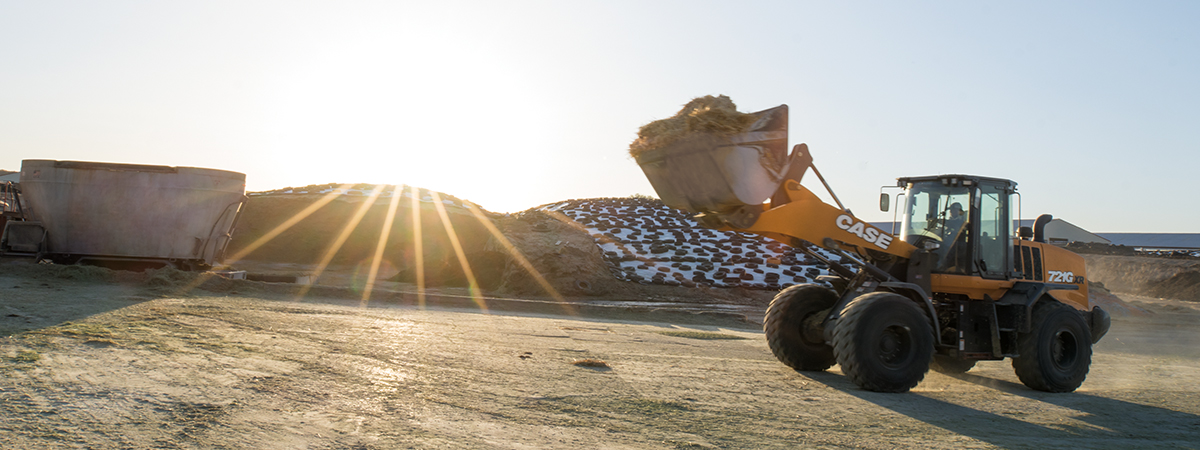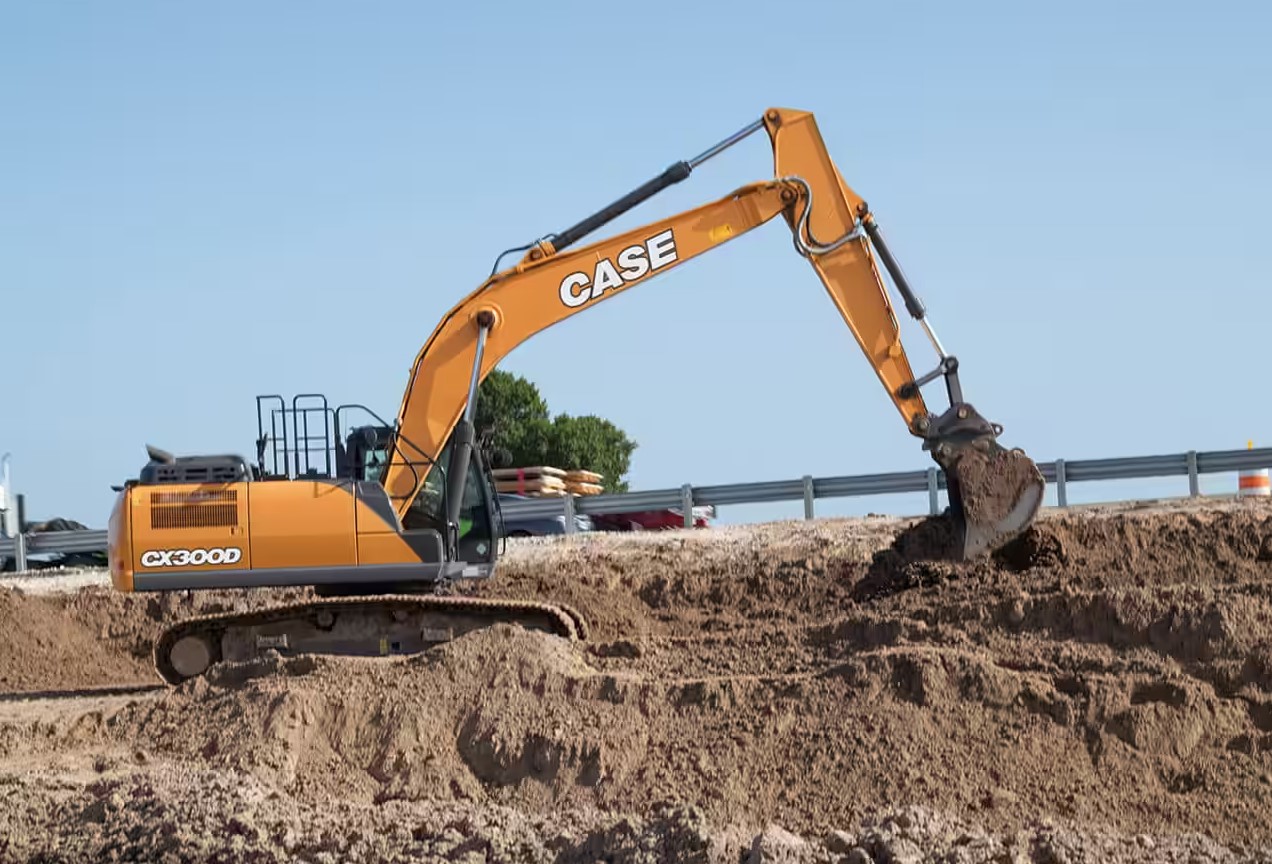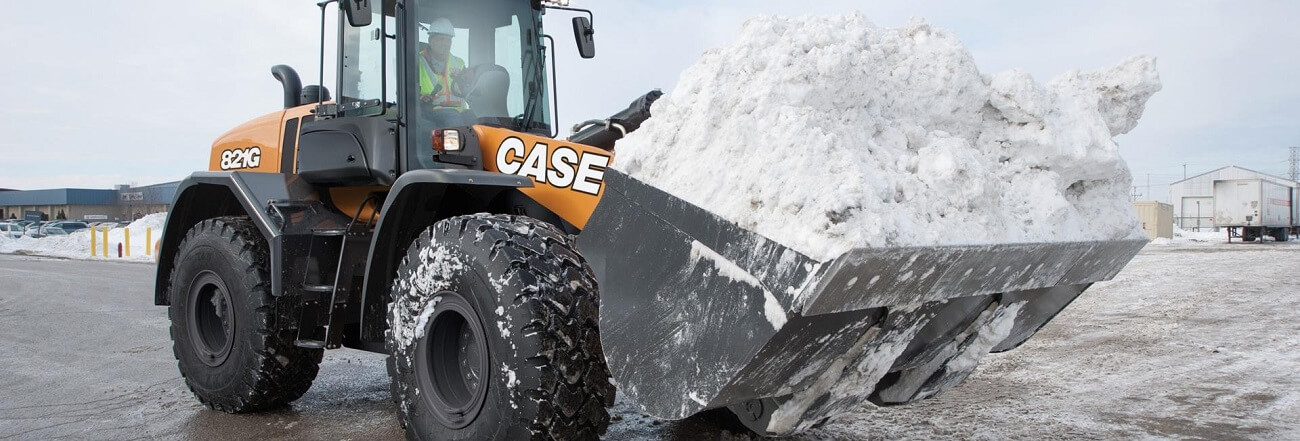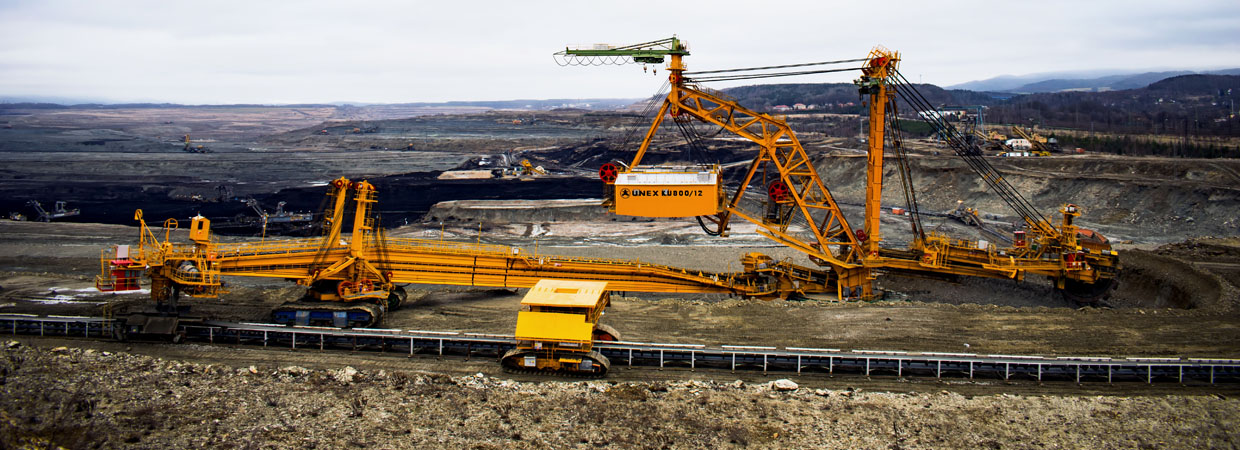Blog
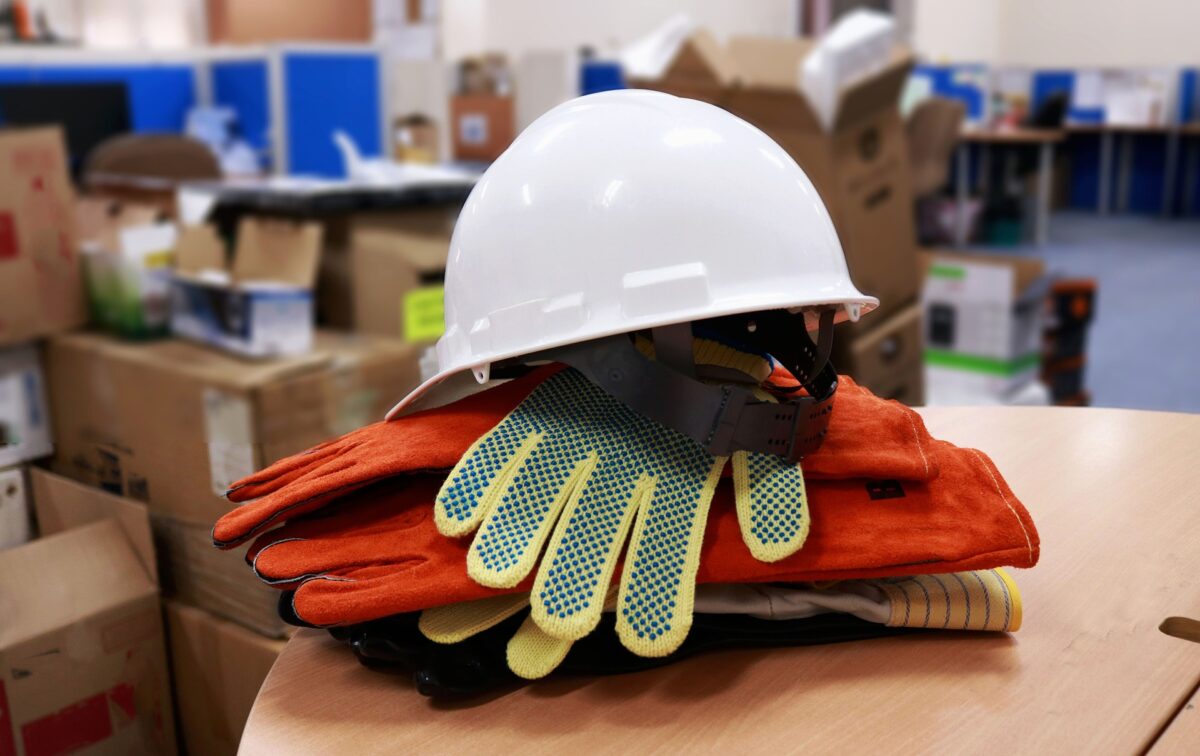
Construction Equipment: Safety Tips
November 2, 2022Each year brings a new toll of accidental deaths or injuries among heavy equipment operators, ground construction workers, and unwary pedestrians who are killed by heavy mobile equipment on construction sites. A great many of these accidents occur as rollovers, when individuals are struck or crushed by heavy equipment. It’s a well-known fact throughout the construction industry that “struck-by” incidents are one of the four leading causes of death on construction job sites—75% of which involve heavy equipment.
Certain conditions are known to heavily contribute to struck-by incidents, injuries, and deaths. These include:
- Falling materials and loads
- Operator blind spots
- The operator exiting the vehicle without first setting the brakes or wheel chocks
- Equipment tipping or rolling over
- Equipment controls not secured during maintenance
Incorporating Administrative Controls
Situational awareness on the job is always the first line of defense against workplace accidents. But contractors and managers can also act proactively by emplacing targeted administrative controls to help reduce the danger of accidents and minimize potential injury caused by heavy equipment.
Proactive Planning and Best Safety Practices
When organizing any upcoming projects, it can make sense to invoke the following actions to safeguard the well-being of those who will, by necessity, be required to operate or work in the vicinity of heavy equipment.
- Use trained and certified equipment operators and spotters.
- Provide training in heavy equipment hazard awareness and safe work practices to workers.
- Provide the operator of machinery with full access to the operating manual.
- Develop a path site plan for vehicles, heavy trucks, and deliveries to prevent vehicular logjams in heavily traveled areas.
- Always establish a limited-access zone/swing radius safety zone around heavy equipment.
- Provide all heavy equipment with a Roll Over Protective Structure (ROPS).
- Always maintain all equipment in good operating condition.
- Utilize lockout/tagout procedures before any equipment maintenance is performed
- Provide top-loading vehicles with a cab shield or protective canopy to protect workers.
- Provide ample lighting to increase visibility during night work.
Sightlines: Using Spotters
Spotters are an important part of worker safety. They help to prevent accidents by providing visual and verbal guidance to operators of vehicles with blind spots. A spotter should be trained to use hand signals to communicate with the operator, workers, and pedestrians in the area. This helps to keep everyone safe and aware of potential hazards. Spotters should wear highly visible clothing and be trained to stand back and keep clear of moving equipment to ensure their visibility to vehicle operators.
Safe Work Practices for Operators
It is essential that those who operate heavy machinery do so with the proper training and familiarity with the equipment. In addition, the application of safe practices, both those who work with and those who work around heavy equipment can help create a safer environment for all involved.
- Familiarize yourself with all related tools, controls, and the equipment user’s guide.
- At the beginning of each shift perform a complete safety check of the equipment, paying particular attention to the brake system, headlights, taillights, brake lights, windshield wipers, and auditory warning systems like the horn and the backup alarm.
- Make sure all side and rear mirrors are correctly adjusted to deal with blind spots.
- Make sure all workers are clear of the machinery before using it.
- When a worker alerts you that they are approaching, acknowledge them and give them space to pass safely.
- Do not operate machinery on uneven ground or parallel to slopes or embankments.
- Before leaving the equipment, take the engine out of gear and engage the brakes.
- When mounting a vehicle or heavy machine, stabilize yourself by maintaining three points of contact with it at all times.
- Always secure your seatbelt or safety harness.
- Never overload a vehicle or piece of equipment.
- Cab shields and canopy protection are required for all top-loading vehicles.
Other potential risks include accidental contact with overhead power lines tall vehicles or equipment such as mobile cranes and operating heavy equipment or tracked or wheeled machinery in unstable or otherwise poor ground conditions.
Safe Work Practices for Ground Workers
When heavy equipment use is involved, the safe practices of ground workers are a vitally important element in any worksite safety strategy.
- Ground workers should always exercise extreme caution if their duties require them to work in a potential low-visibility zone, or when riding on moving equipment.
- Ground workers should always wear high-visibility gear when working with large mobile equipment.
- Whenever possible, ground workers should refrain from setting up their workspace too close to of large mobile machinery. If they are forced to stoop down for work or to grab a fallen tool, the operator might not see them.
- Ground workers should refrain from moving or continuing work near the potential drop zone of a suspended load while the load is overhead.
- Before approaching a vehicle, ground workers should make eye contact with the driver and let them know you’re there, signaling to make sure they can see you.
- When riding in vehicles or mobile equipment, always buckle up and only sit in designated seats.
Too much familiarity can lure us into lowering our guard, even in dangerous situations. As a result of spending so much time around heavy machinery, even the most experienced construction professionals can grow acclimated to its presence and stop considering the risks. It is important that those who work around heavy construction machinery make it their habit to understand and abide by established rules and best safety practices to keep them safe while working.
Need the very best quality construction machinery for your next project? Contact us today and see why Eagle Power & Equipment is your go-to option for construction gear sales, rentals, service, and repairs!
